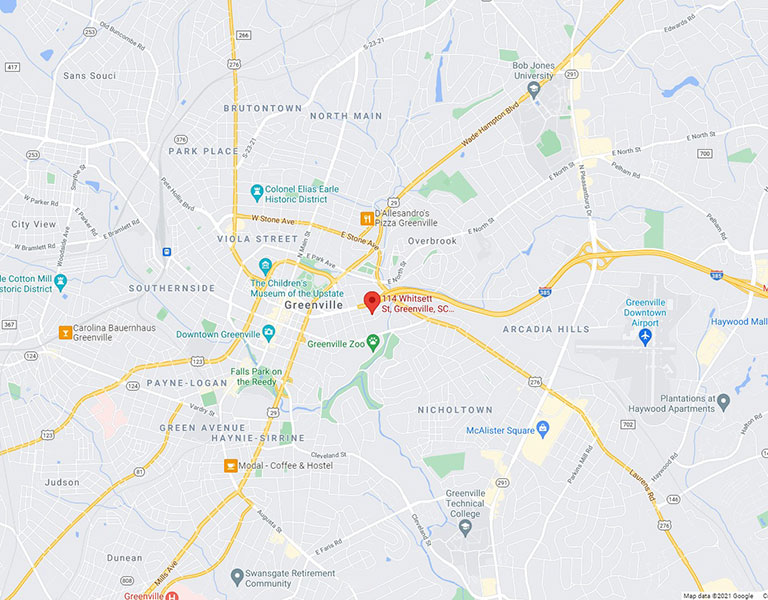Federal and state laws do not merely outlaw illegal substances, like heroin or cocaine, but also the tools and appliances used to cultivate, process and ingest them into the human body. The law classifies these accessories as drug paraphernalia. While people may identify some forms of paraphernalia easily, other paraphernalia may be harder to discern.
The problem with identifying drug paraphernalia is that some forms of paraphernalia are household accessories that people use in everyday life. As a result, a police officer might incorrectly identify a spoon or a pipe a person owns as drug paraphernalia. Law enforcement will look at various signs that an item could actually be drug paraphernalia to tell it apart from something used legitimately.
Common household items
Since some forms of paraphernalia, like spoons, are household items, it may be difficult to identify them as paraphernalia. However, as FindLaw explains, police might identify something as paraphernalia by finding it in connection with drugs. A spoon that has some heroin residue, for instance, is a tool the police may consider paraphernalia.
Basically, if the police find an item that bears some link to processing or ingesting a drug, the police will likely consider that item as drug paraphernalia. A conviction of drug paraphernalia alone is unlikely to be as severe as drug possession charges, but paraphernalia may lead an officer to a stash of illegal drugs, which can increase the charges to drug possession.
Manufacture and sale
Some people sell obvious forms of paraphernalia in stores while trying to misled customers. The U.S. Department of Justice explains that some stores claim the paraphernalia is for legitimate purposes to hide its possible illegal use. For instance, a store may market a marijuana pipe or a bong with a disclaimer stating that people should use them only with tobacco.
In some cases, manufacturers will create bongs or pipes in ways meant to entice young people. Bongs may have bright colors meant to catch the eye. Pipes may possess logos like dragons, anything to pique the interest of a young person and to make drug use a fun thing to partake in. Law enforcement may take these as warning signs that the true intent of the items is for illegal drug use.


